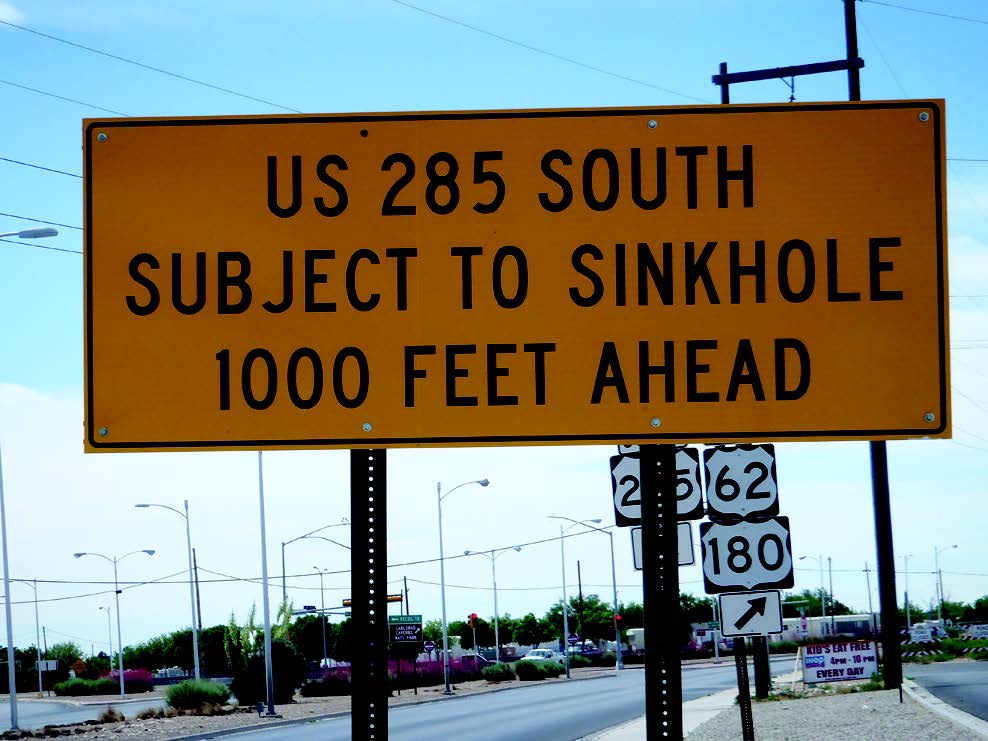Karst Geo-hazards: Causal Factors and Management Issues
DOI:
https://doi.org/10.3986/ac.v44i3.1891Abstract
Karst terranes exhibit spectacular landforms that are often exploited as natural parks and show caves, and hosts very important natural resources. Further, karst terranes cover 20% of the Earth’s surface and provides 20−25% of high-quality groundwater for drinking water. The fragility of karst environments makes it highly vulnerable to a variety of different geological hazards (or geo-hazards). This is due to its peculiar geological and hydrological features such as sinkholes and caves. In particular, the strict connection between surface and subsurface features emphasizes the fragile nature of karst. The occurrence of geo-hazards in karst terranes greatly differs from other natural settings. Natural and man-induced subsidence and sinkholes, slope movements favored by karst conduits and caves, flash floods related to inability of the system to manage water from heavy rainstorms, and pollution caused directly or indirectly by human actions are the main types of geo-hazards typical of karst terranes. Although mostly related to natural processes, their occurrence and consequent damage to both the natural and anthropogenic environment are often caused or exacerbated by man. As a consequence, management of karst terranes cannot be enacted without taking into account the peculiar features and behavior of karst terranes and aquifers, and the delicate balance with the different types of geo-hazards that may occur. Specific management actions should, therefore, be pursued in this fragile environment, with the intention of safeguarding the natural resources, biota, and population.
Naravne nesreče na Krasu: Vzročni dejavniki in vprašanja upravljanja
Kraška območja odlikujejo spektakularne reliefne oblike, ki so pogosto povod za ustanovitev naravnih parkov ali turističnih jam, ter pomembne naravne vire. Kras pokriva okoli 20% kopnega in zagotavlja okoli 20−25 % potreb po pitni vodi. Krhkost kraških okolij so razlog za njihovo visoko dovzetnost za različne geološke in druge naravne nesreče. Razlogi so v posebnih geoloških in hidroloških značilnostih, kot so vrtače in jame. Krhko naravo krasa zlasti poudarja tesna povezava med površinskimi in podzemnimi oblikami. Pojavljanje naravnih nesreč v krasu se močno razlikuje od tistih v drugih naravnih okoljih. Naravno in s strani človeka povzročeno pogrezanje, udori in plazenje so pod močnim vplivom kraških kanalov in jam. Poplave so povezane z nezmožnostjo sistema prevajati nalivne vode. Onesnaženje, ki ga človek povzroči posredno ali neposredno s svojimi aktivnostmi, so poglavitne nesreče v krasu. Čeprav so naravne nesreče večinoma povezane z naravnimi procesi, njihovo pojavljanje in posledično škodo tako za naravno kot antropogeno okolje pogosto povzroča ali pospeši človek. Upravljanje kraških območij zato ne more biti načrtovano brez upoštevanja specifičnih lastnosti in obnašanja kraških pokrajin, vodonosnikov in krhkega ravnotežja med različnimi vrstami nesreč, ki se lahko pojavijo. Zato bi bilo z namenom varovanja naravnih virov, živih bitij in prebivalstva treba uvesti posebne ukrepe upravljanja v tem občutljivem okolju.
Downloads

Downloads
Published
How to Cite
Issue
Section
License
Authors guarantee that the work is their own original creation and does not infringe any statutory or common-law copyright or any proprietary right of any third party. In case of claims by third parties, authors commit their self to defend the interests of the publisher, and shall cover any potential costs.
More in: Submission chapter




